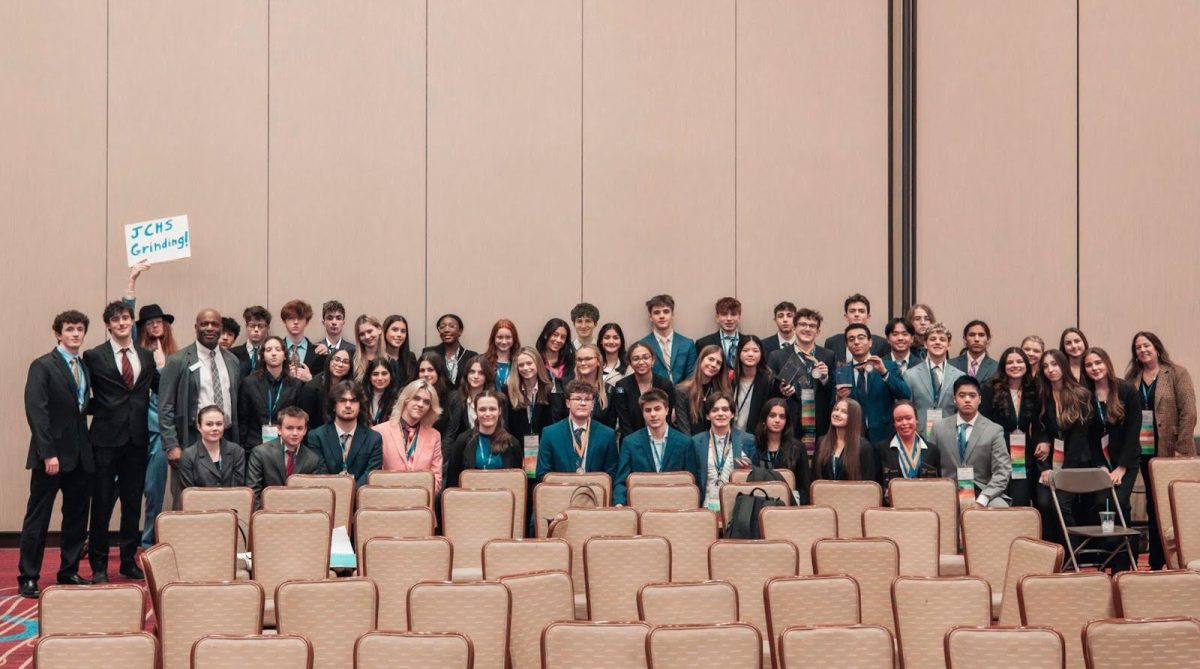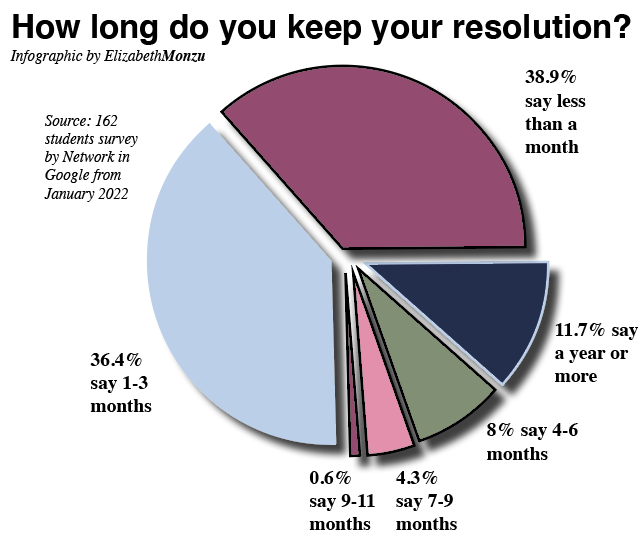Is this the end of movies as we know it? It is no secret that the coronavirus has made an impact on everyone’s lives but the film industry has encountered serious setbacks. Production for numerous movies has been delayed, release dates for upcoming blockbusters have been canceled, and small theaters around the country are facing closure. As we reach the eighth month of the pandemic, it is crucial to reflect on the drawbacks the film industry has faced and how movies might be changed forever.

During the height of the pandemic in the United States, movie production was halted and postponed. As the number of cases decrease they are slowly able to return to some normalcy. However, production routine has changed drastically with requirements of masks on set, social distancing, and daily testing. Each production has their own precautions in order to return to filming. Unfortunately, some sets cannot get a break from the pitfalls—Robert Pattinson tested positive in the middle of his return to the set of “The Batman.”
The onset of new streaming services have hit movie theaters hard enough, but the pandemic has furthered these complications. While theaters were closed for months, millions of people got to consume their favorite movies at home, increasing the usage of Netflix, Hulu, and Amazon services. Movie theaters lost 100% of their revenue while being closed and now with reopenings, most are at limited capacity. What drives people to go to the movies is new content, so the pushbacks of release dates have made many lose their desire to go to theaters. The newest addition to the James Bond series, “No Time to Die” was moved to April and Denis Villenueve’s “Dune” was moved all the way to October 2021. To add insult to injury, studios that are willing to release films this year have opted to also release them on streaming services, which cuts profits for theaters. In addition to hurting theaters, this minimizes the studio’s profit since they make less money on digital releases.
In an attempt to find a solution for decreasing funds, many theaters have joined together to form CinemaSafe. This program promotes protocols and guidelines from leading epidemiologists to make a safe return to theaters. 395 companies and 3,000 locations created this program. Despite these efforts, weary moviegoers are keeping attendance low. Due to such dire situations, The National Association of Theater Owners, the Directors Guild of America, the Motion Picture Association, and over 70 directors, writers, and producers have banded together to write to House and Senate leaders for extended relief.

For better or worse, movie production and movie-going is going to look very different from now on. Masks, precautions, and testing will most likely be implemented in production for years to come. Movie theaters will also probably require the same sanitization and precautions for a long time. As a film fanatic, I hope theaters and studios are able to recover from such a long loss of work and income.


























